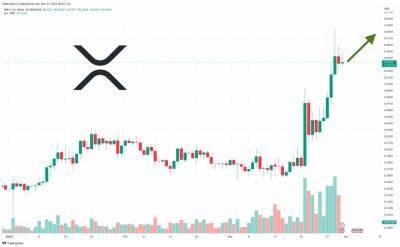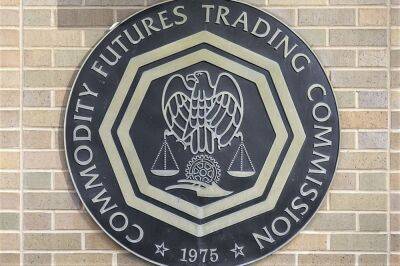‘Ukraine is a false justification’: America’s destructive new rush for natural gas
A bout 30 miles south of New Orleans, a construction site visible from space is rising. Sandwiched between the Mississippi River and disappearing wetlands, the 256-hectare (632-acre) site is visited by a stream of tipper trucks and concrete mixers that stir up dust on Louisiana 23, the state highway that goes down to Venice, the last spot of land before the river’s water flows into the Gulf of Mexico.
The wetlands protect the area from hurricane surge and provide critical habitat for fisheries. But when completed in 2025, the construction site here will host a series of tanks and pipes designed for one purpose: to supercool natural gas into liquid form, so it can be transported on giant tankers to sell around the world to the highest bidder.
The Plaquemines liquefied natural gas (LNG) export terminal is just one of five such terminals being built or expanded along the US Gulf coast in Louisiana and Texas. Eight more projects have been approved, and another eight have been proposed – all in a stretch of roughly 700 miles, and where five plants are already operating. If all the new terminals were built, they would double or even triple current US capacity to deliver natural gas – an amount of fuel that, if burned, would contribute to the world tipping over the emissions target required to keep global heating in check.
The economic justification for building all of these terminals was turbocharged by the war in Ukraine, which doubled the price of LNG. According to one analyst’s calculations, last year a single shipload of LNG on the spot market could have earned a profit of up to $200m. The high prices led to a rush of development. It has been forecasted that $42bn in LNG infrastructure will be built worldwide next year – up
Read more on theguardian.com















